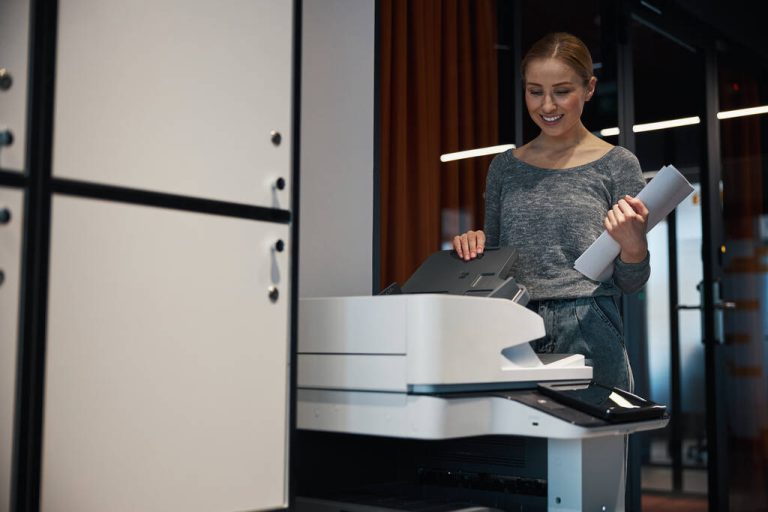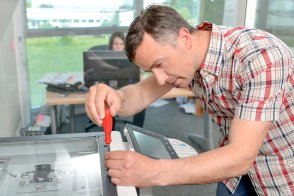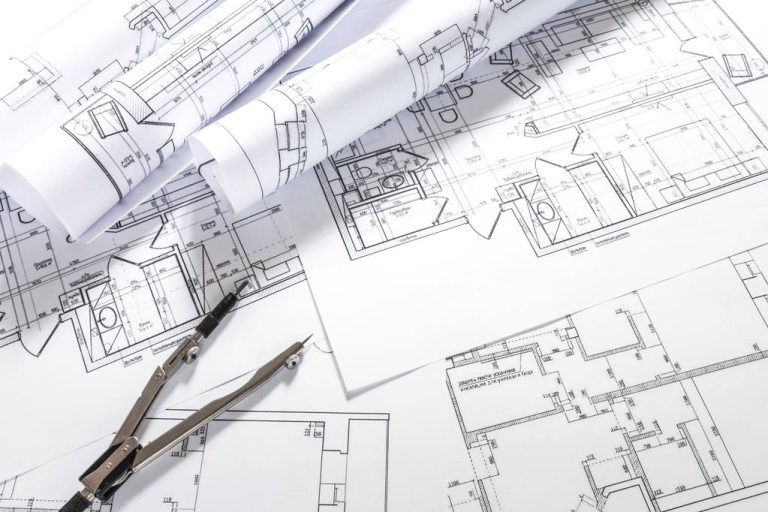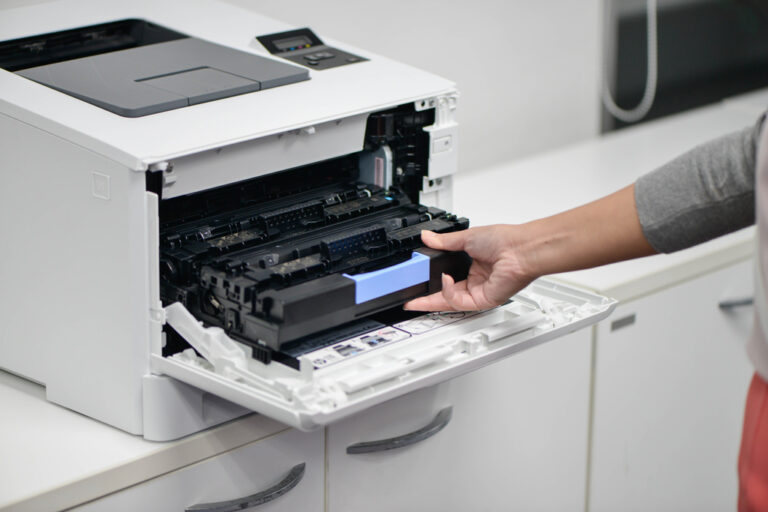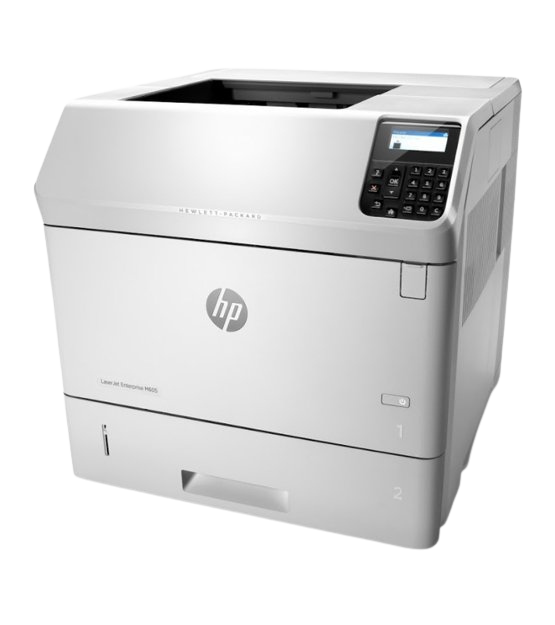Why Reliable Printing Solutions Are Essential for Healthcare and Emergency Services
High-end printing equipment is an essential requirement in healthcare and emergency services. These services rely on accurate, up-to-the-minute access to critical documents—care plans, medication charts, treatment authorisations, and emergency response plans. Technical printing failure or downtime is disastrous, so expert backup and regular maintenance are essential.
The Role of Print in Health Processes
Medical facilities depend on trustworthy, hard-copy information to deliver quality patient care. Whether it is a family physician printing patient charts or a hospital pharmacy generating drug labels, uninterrupted access to print ensures continuity and security.
Common documents printed daily in healthcare environments are:
- Patient admission forms
- Consent forms
- Prescription orders
- Diagnostic reports
- Emergency contact and care plans
- Medical imaging reports
Even minor delays in producing these documents will slow down operations and affect patient outcomes. This is especially crucial in high-volume areas like intensive care units or emergency departments.
Emergency Services and Critical Documentation
Ambulance crews, fire stations, and rescue squads require hard copies to function. Maps, incident reports, dispatch logs, and triage reports are only a few of the essential documents that need to be printed on the spot or out of command centres. A broken printer in these settings can mean delayed response times or incomplete record-keeping in the heat of the crisis.
For mobile crews, small but durable printers that are also temperature-resistant, dust-proof, and transport-proof are needed. These machines must also be well-maintained to enable papers to be printed at any moment, regardless of conditions or levels of pressure.
Printing Challenges in the Sector
Compared to typical office environments, emergency and healthcare settings pose unique printing challenges:
- Heavy usage: Devices tend to be in continuous use and must deal with heavy workloads without fail.
- Urgent schedules: A printer needs to print quickly and reliably.
- Specialty paper formats: Medical and emergency reports are usually printed on specialty paper or barcoded.
- Confidentiality and security: Published material should be in adherence with privacy legislation and handled securely.
Supporting In-Home Care Services
The rise in in-home care services has driven the need for reliable, decentralised printing. Nurses, therapists, and home carers need to print current care instructions, daily reports, or emergency medical orders. Printing from anywhere ensures service quality and conformity.
Because most in-home caregivers utilise battery-powered or low-profile printers, the quality of their equipment directly impacts their ability to respond. A broken printer means a breakdown in the exchange of vital care information, which can be avoided with routine printer maintenance.
Choosing Appropriate Equipment and Maintenance Plan
Having the right printers is only half the solution. The other half is getting expert support, because even the best equipment will eventually fail without it. Healthcare professionals and emergency services require tailored support solutions, not off-the-shelf setups. They must partner with a local provider who understands the unique operational challenges of their sectors.
A good printer maintenance plan for the medical industry usually consists of:
- Service-level agreements with assured response times
- In-house repair centres with a 4-6 hour emergency call-out facility
- Preventive maintenance routines to minimise the risk of breakage
- Availability of loan machines for preventing downtime for intricate repairs
- Original spares and consumables for optimum performance
Professional assistance is more than fixing broken equipment. It is having peace of mind—knowing that documentation processes won’t break under pressure.
Practical Printer Tips for Busy Locations
To reduce risks and maximise the lifespan of your print hardware, keep the following printer tips in mind, which are specific to high-demand settings:
- Avoid paper tray overfilling and load the correct paper type.
- Clean heads and print trays every so often to prevent misprints and jams.
- Utilise genuine toner and ink for visibility and reliability.
- Have backup cartridges and paper supplies in standby availability.
- Schedule routine maintenance, especially for wide-format and high-output units.
- Train staff in basic troubleshooting to reduce service call-outs.
These simple steps can avoid hours of downtime and ensure print quality is consistent across departments.
Plotter Maintenance for Large-Format Requirements
Wide-format plotters are the primary tools employed by the majority of health care facilities and emergency rooms to create large-scale floor layouts, evacuation diagrams, or departmental directories. The equipment is high-tech and requires professional servicing. Neglecting to do so in the long run exposes operators to misalignment, ink smudges, and total machine failure.
Partner with a Local Printer Expert Today
Printer issues don’t simply delay forms—they delay operations that save and restore lives.
At All Printed Solutions Sydney, we offer same-day on-site service for local businesses, including those in the healthcare industry. We have extensive experience with hospital-grade equipment and offer custom service contracts that minimise risks and maximise print reliability. Ensure your emergency response or medical care staff always have access to functional, quality print equipment. Contact us today to learn more about how we can help your medical business.


